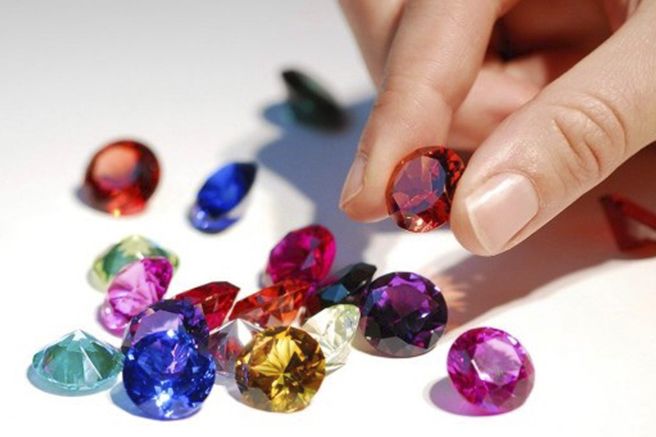Precious stones in the Bible!

Precious stones (precious stones or precious stones) have and will have a vital and fascinating role in the Bible. Long before man, our Creator used stones such as diamonds, rubies and emeralds to adorn one of the greatest beings he could create with fiat. This being was called Lucifer (Ezekiel 28:13), who later became Satan the devil.
Much later, he commanded Moses to create a special armor for the nation's High Priest that contained twelve great gems that each represented one of the tribes of Israel (Exodus 28:17 - 20).
In the near future, God the Father will place his presence and his throne on earth through a New Jerusalem that he will create. One of the distinctive features of the new city will be its wall, which will contain twelve precious stones used for its foundations (Revelation 21:19 - 20).
This series of studies will delve into ten important English translations (ASV, ESV, HBFV, HCSB, KJV, NASB, NCV, NIV, NKJV and NLT) to discuss 22 gems found in the pages of the word of God.
The precious stones treated in this series include Agate, Amethyst, Beryl, Carbuncle (Red Garnet), Carnelian, Chalcedony, Chrysolite, Chrysoprase, Coral, Diamonds, Emeralds, Hyacinth, Jasper, Lapis Lazuli, Onyx and Sardonyx stones, Pearls, Peridot, Crystal of rock, rubies, sapphires, topaz and turquoise.
This special series will also discuss the placement of precious stones in the armor of the High Priest and the connection between the gems found in New Jerusalem and the twelve apostles.
The first mention
The first of many precious stones in the Bible is mentioned in the book of Genesis. Reference is made in relation to the creation of man and the Garden of Eden.
The scriptures tell us that God, in the eastern part of a land called Eden, created a beautiful garden in which to place the first human (Genesis 2: 8). A river running through Eden provided water for the garden (verse 10). Outside Eden and its garden, the river was divided into four main branches. The first branch, called Pishon, flowed into a land where rare raw materials were known to exist. Another branch of the river was the Euphrates. Onyx stones are not only the first, but also the stones most frequently mentioned in Scripture.
Real gifts
Precious stones have a long history as a gift of the highest value and worthy of royalty. The Queen of Sheba (who probably came from Arabia) made a special trip to visit King Solomon and see for himself if he was as wise as he had heard. He carried with him precious stones as one of the many gifts in which to honor him (1 Kings 10: 1 - 2).
The queen (who, according to some biblical comments, may eventually have become one of his wives) not only gave Solomon a large amount of precious stones, but also 120 gold talents valued today at approximately $ 157 million in the United States ( assuming $ 1,200 per ounce price - verse 10).
During Solomon's reign, above the wealth he regularly received, he and the king of Tire entered into a commercial partnership to bring even more precious stones to Israel (1 Kings 10:11, see also verse 22).
End Time product
The merchants of the world, shortly before the Second Coming of Christ, will mourn for the loss of Babylon the Great who provided them with a means of becoming rich, among other things, in precious stones. Their loss will be so great that Scripture records their lament twice in a single chapter (Revelation 18:11 - 12, 15 - 16).